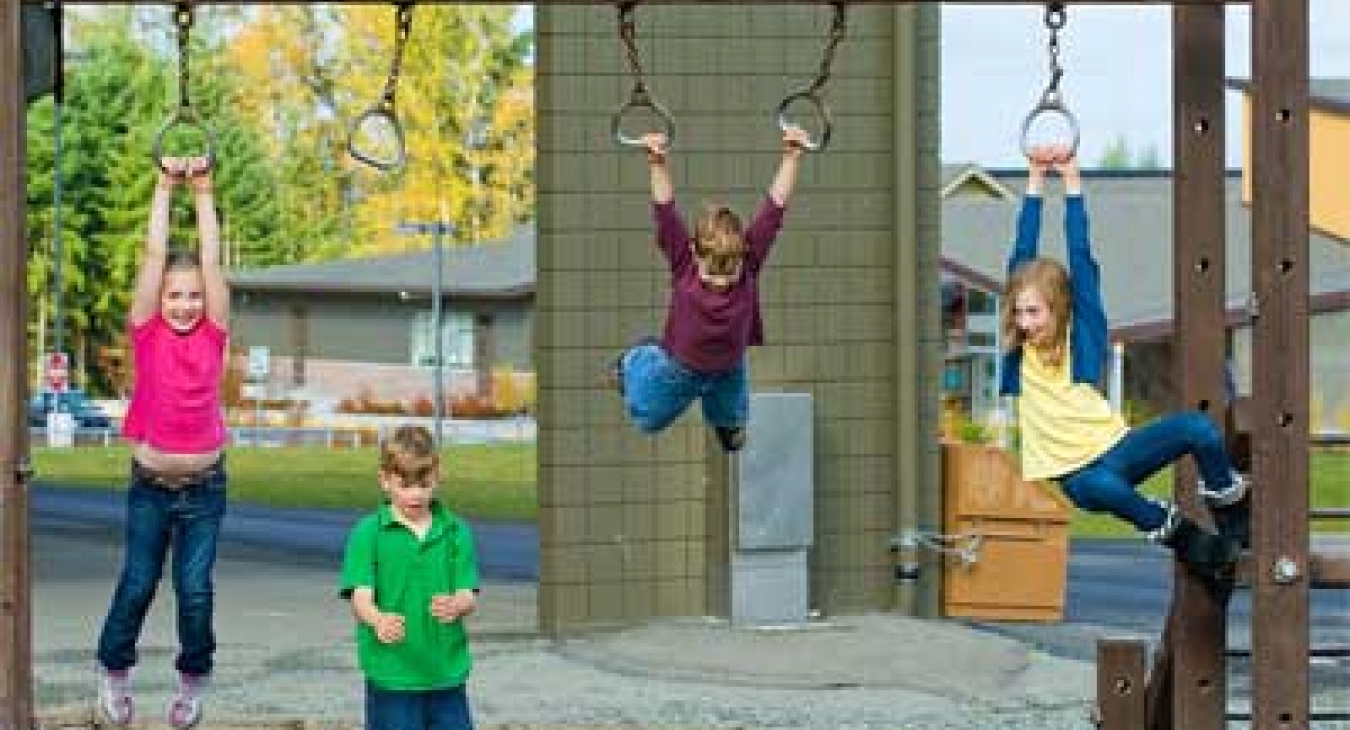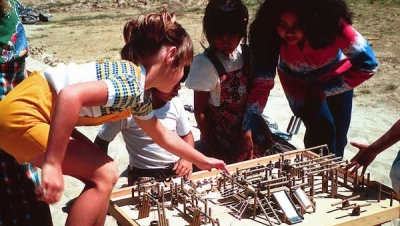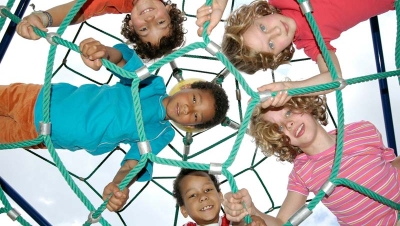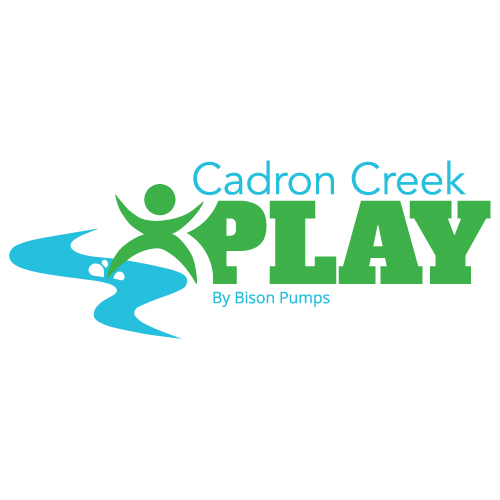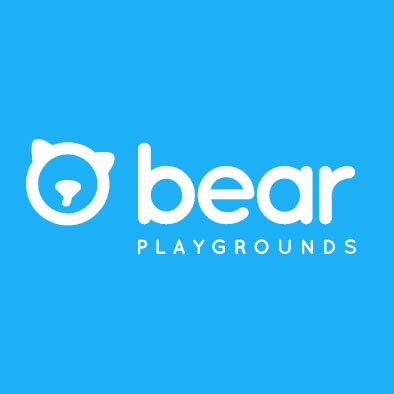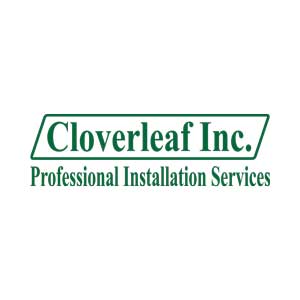Children playing on a school playground during recess. Shutterstock: Mat Hayward
As people who make playgrounds and play equipment, people who spend much of their professional lives and passions on trying to get other people to let kids have recess, to make more creative, inviting, imaginative, inclusive playgrounds; to design new ways to play, invent new technologies, new tools – we wind up having to explain, over and over again, why. Why kids should have recess. Why it’s “good” for them, important, even. Why kids should be allowed to play. Why they should be allowed to play with things that challenge them, that inspire them, that are fun to play with.
This is all very hard on us. Necessary, but, well, kind of painful. Because we know. We know. It’s all so obvious to us. So simple. They need to play. And have fun doing it. As much fun as they want to have.
The problem is, fun doesn’t sell. When the city or school superintendent asks you to spell out the benefits of investing in new playgrounds and play equipment, recess programs, and trained play facilitators, and you answer: F-U-N – well, it just won’t work.
So you collect research and hire researchers to research other research, you interview experts, gather data, compare the differences in academic performance between high and low recess achievers. And you have meetings with parents and politicians and make elegant PowerPoint presentations. And if you do a good enough job, it works.
The problem is that after a while, after all the work and the constant hammering at the hearts of those who still have them, you forget that fun has anything to do with it.
No blame. It’s inevitable. It’s professional. But it’s also dangerous. Because once you forget the fun, you forget the purpose, the reason, the reward for all the work you’re doing when the one real truth is that it’s all about fun, all for fun. You know that when kids have fun, and it’s good fun, and it engages them, challenges them, inspires them, it makes them happy. It makes them into the human beings they were born to be – energetic, spontaneous, creative, socially and physically adept, fun to watch and to be with.
So, after a while, you, yourself, are not so much fun. And neither is your work. And when you finally make the sale, even then you don’t let yourself have fun, because there’s so much else to do that’s also not fun.
My recommendation: remember the fun, believe in the fun, have fun selling fun, until, during those interminable meetings and hard sells, you find yourself thinking about the sound of kids laughing as they run to play on their new swings, as they discover evermore amazing physical feats of child-like genius as they navigate their way through the climbing structures, about those kids jumping from rock to rock in their beautiful garden, or the kids building a massive highway interchange in their giant sandbox. You remember the joy that you’re working so hard to give back to the kids, and you bring some of it back to yourself, and some of it back to the people you’re with.
I am not only suggesting that you remember the fun, but also that you believe in it. Believe in its power, in its importance, in its value. Let yourself be guided by the “More Merrier” principle – creating environments where more people can have more fun more of the time. For the kids’ sake. For your own.
Source

